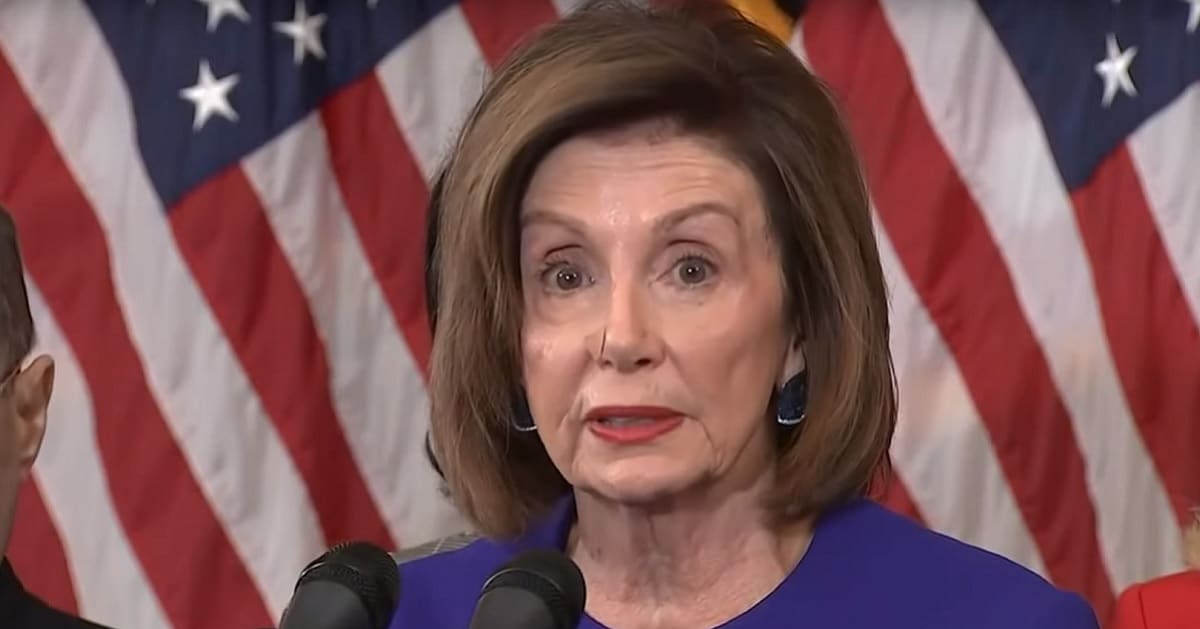




In a pivotal decision for Alec Baldwin, a New Mexico judge has issued a ruling that could significantly impact the course of his involuntary manslaughter trial.
Fox News reported that in a recent court ruling, evidence pertaining to Alec Baldwin's role as a producer was excluded from his ongoing manslaughter trial over the 'Rust' film set shooting incident.
In October 2021, during the production of the film 'Rust' in Santa Fe, New Mexico, Baldwin accidentally discharged a firearm loaded with a live round, resulting in the tragic death of cinematographer Halyna Hutchins and wounding director Joel Souza. Baldwin, who has pleaded not guilty, faced charges of involuntary manslaughter.
However, the crux of the legal debate has centered around Baldwin's dual role as both actor and producer. The prosecution sought to demonstrate that Baldwin's producer responsibilities contributed to reckless behavior on set. They argued that his failure to adhere to safety protocols as a producer directly influenced his actions during the incident.
Judge Mary Marlowe Sommer disagreed with the prosecution's stance, stating that linking Baldwin's production role to the shooting would unfairly prejudice the jury, potentially confusing the legal issues at hand.
Judge Sommer's ruling marked a setback for the prosecution, led by Special Prosecutor Erlinda Johnson. Johnson had argued that Baldwin's actions as a producer made him "keenly aware" of the safety obligations on set. She emphasized Baldwin's alleged rushing of crew members and demands for quick scene changes which, according to her, increased risks on set.
Defense lawyer Luke Nikas countered the prosecution's claims by emphasizing that Baldwin's responsibilities as a producer were unrelated to the charges against him. Nikas argued that focusing on Baldwin's production role would only serve to confuse the jury about the actual events of the day of the shooting.
The judge ruled on a series of more than two dozen motions that day, carefully selecting evidence permissible in court. This included allowing graphic images from the scene but barring evidence meant to show Baldwin's remorse and its impact on his family, which could evoke undue sympathy from the jury.
The exclusion of Baldwin's producer role in the trial discussions is pivotal, given the complexity it adds to distinguishing between his actions as a producer and as an actor.
The defense celebrated this decision, with Nikas mentioning a report from the Occupational Health and Safety Bureau which he claimed exonerated Baldwin, though this report was itself ruled inadmissible by Judge Sommer.
Prosecutor Johnson's assistant, Kari Morrissey, expressed little concern over the judge's decisions during a court break, suggesting the prosecution remains confident in their case despite the ruling.
Meanwhile, the film's armorer, Hannah Gutierrez Reed, previously convicted on the same charge, is currently serving an 18-month sentence, underscoring the serious legal consequences stemming from the tragic incident.
This case has broader implications for safety standards on film sets, with the film industry closely watching how responsibilities are legally interpreted in situations involving dual roles like Baldwin's. The outcome may influence future safety protocols and accountability in film production.
As the trial progresses, all eyes will remain on how the evidence and testimonies are presented, especially those that highlight the exact circumstances leading up to the tragic shooting of Halyna Hutchins.
The final rulings on what evidence will be admissible have shaped the narrative of the trial and will likely play a crucial role in the jury's understanding and eventual decision-making process.
In conclusion, the trial of Alec Baldwin over the 'Rust' shooting continues to unfold with significant legal maneuvers influencing its direction.
Judge Sommer's recent rulings have narrowed the scope of evidence, focusing the jury's attention on Baldwin's actions at the moment of the incident rather than his broader role as a producer. The case not only affects those directly involved but also sets a precedent for how safety and responsibility are managed on movie sets nationwide.


